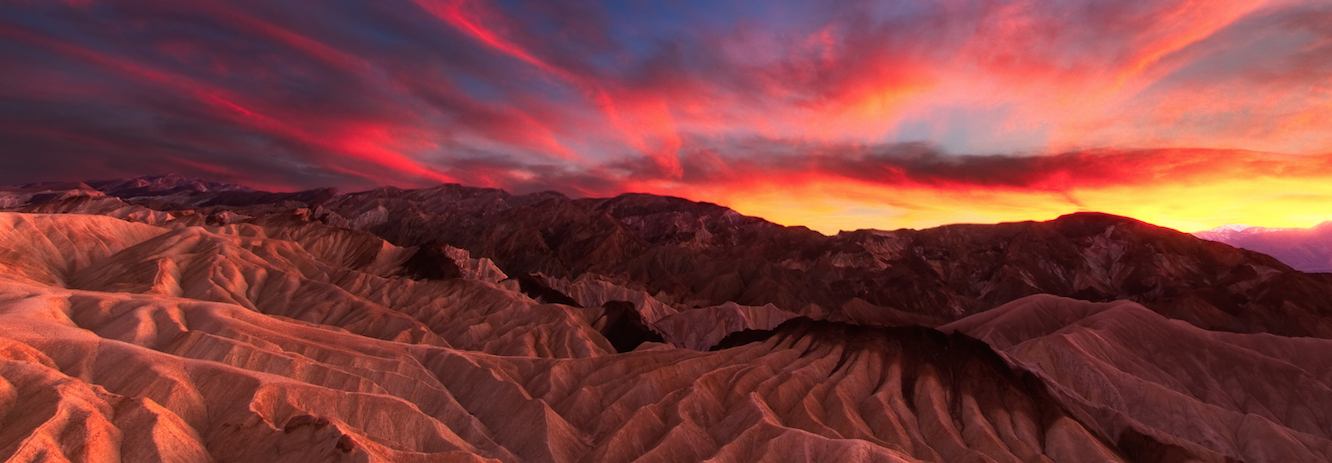New Scientist
Image: szeke
“Some warm little pond.” Charles Darwin’s speculative description of life’s cradle, in a letter written to the botanist Joseph Hooker in 1871, still chimes today. Seed a watery environment with the right ingredients, Darwin mused, then cosset it with a little light, heat or electricity, and a purely chemical miracle of creation might occur.
Hard and fast evidence of how and where on Earth inanimate matter became animate is hard to come by. Other backdrops for life’s first steps have gained in popularity since Darwin’s time – around submarine hydrothermal vents, in ice or on Earth’s radioactive first beaches, for example. If pressed, though, most of us would still plump for the primordial soup.
In the intervening years, we have devised more detailed recipes showing how the early Earth might have cooked up simple organic molecules, and how these might have reacted further to form the more complex building blocks of life: things like amino acids, DNA and RNA. Besides the right chemical ingredients, the process needs warmth, sunlight, perhaps a little lightning and, most importantly, H2O. Water is, after all, the essential solvent that underpins carbon-based life.
For Steven Benner, that is all a fairy tale. “We tend to think that water’s properties are ideal for life, but the opposite is true,” he says. “Water is corrosive.” Benner is a chemist at the Westheimer Institute of Science and Technology in Gainesville, Florida, and for three decades he has been doing pioneering work in synthetic biology, which aims to recreate life’s chemistry in the test tube. And he is no lone voice. As water’s deleterious effects have become more apparent, many researchers are asking: is it time to dry out life’s recipe? Read more on newscientist.com…








